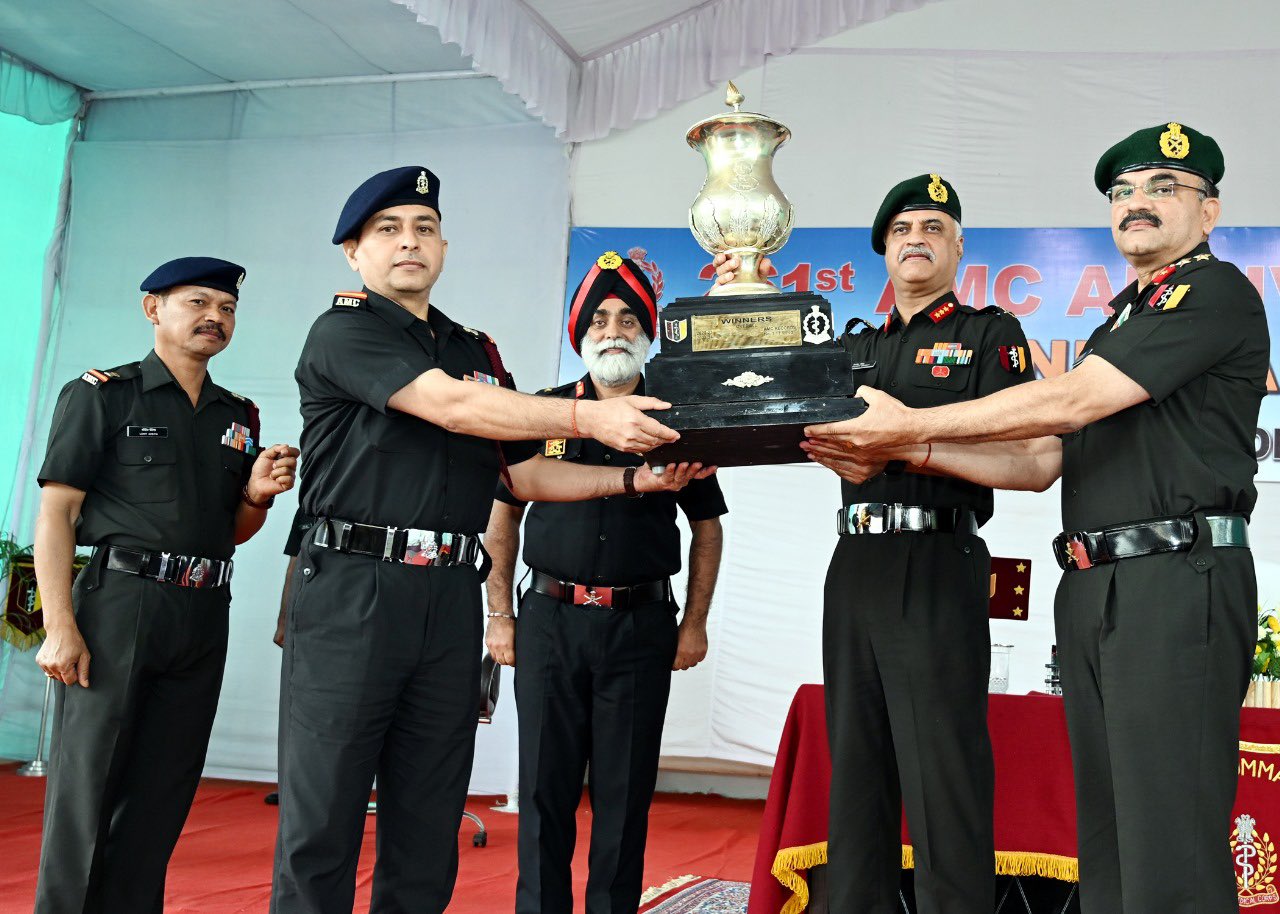The ongoing debate surrounding India’s need for a fifth-generation stealth fighter has resurfaced, particularly as tensions with China and Pakistan persist. Russian media outlets have strongly advocated for the Su-57 as the ideal choice for the Indian Air Force (IAF), positioning it against the U.S. F-35 stealth fighter.
India is in the process of developing its own fifth-generation aircraft, known as the Advanced Medium Combat Aircraft (AMCA), but projections suggest that it will not be operational until the mid-2030s. By that time, China’s military might have integrated as many as 1,000 J-20 Mighty Dragons, while Pakistan may acquire the recently unveiled Chinese J-35A fighters. Currently, only China, Russia, and the United States possess operational fifth-generation stealth technology, making the Russian Su-57 and the American F-35 the only viable options for India amid regional rivalries.
There are notable complexities surrounding U.S.-India defense relations. Although Lockheed Martin, the manufacturer of the F-35, showcased its capabilities during Aero India 2023, the U.S. has not clearly indicated a willingness to sell these aircraft to India, largely due to India’s existing military inventory, which heavily includes Russian-origin equipment like the S-400 air defense system. On the other hand, Russia has intensified its marketing efforts for the Su-57, enticing India with lowered costs and commitments for local production—proposals that India has yet to accept despite longstanding defense cooperative ties.
The promotion of the Su-57 in Russian media includes various comparisons with the F-35, with assertions suggesting that the Russian model may hold advantages in speed and maneuverability. The Su-57, with its twin-engine design, can achieve speeds of up to Mach 2, while the F-35, being a single-engine model, has a maximum speed of Mach 1.6. However, the question of whether speed translates into a meaningful combat advantage remains subject to interpretation.
Experts argue that the stealth features of the F-35 are crucial in air combat scenarios and might provide a first-strike capability that outweighs the Su-57’s potential advantages. Concerns have been raised regarding the Su-57’s radar cross-section (RCS)—estimated to be roughly similar to that of conventional fourth-generation aircraft, thus possibly compromising its stealth capabilities in a combat context.
Despite these critiques, advocates for the Su-57 emphasize its agility, bolstered by thrust vectoring technology, allowing for complex aerial maneuvers. Former IAF veteran Air Marshal Anil Chopra acknowledges the aircraft’s potential agility, citing its ability to execute dynamic combat tactics. Additionally, proponents highlight the Su-57’s flexibility in terms of weapons compatibility, claiming it can carry sophisticated munitions, including various air-to-air missiles and precision-guided bombs.
However, defense analysts counter these claims, emphasizing that the F-35’s array of armament options is substantial and, notably, the aircraft’s capability to deploy nuclear weapons distinguishes it in the fifth-generation landscape. Advocates for the F-35 claim that its combat effectiveness is further enhanced by cutting-edge technologies, such as advanced sensor fusion capabilities that furnish the pilot with a comprehensive understanding of the battlefield.
In terms of operational performance, both aircraft are capable of supersonic cruise, although limitations surrounding the F-35’s airframe impose restrictions on the duration for which it can sustain high speeds. The engine technologies differ, with the F-35 employing the Pratt & Whitney F135 engine, known for its thrust and fuel efficiency, while the Su-57 continues to utilize engines adapted from older models.
As both the Su-57 and the F-35 vie for recognition as the leading fifth-generation capabilities, their portrayal extends beyond technical specifications. In popular culture, the Su-57’s effectiveness has even been challenged, notably in cinematic portrayals such as “Top Gun: Maverick,” where it was depicted unfavorably against the F-14 Tomcat.
Compounding the situation for the Su-57 is its limited success in global markets, facing challenges due to geopolitical dynamics, sanctions, and production hurdles. In contrast, the F-35 has already seen widespread international adoption, with over 1,000 units operational around the world. As India navigates its path toward modernizing its air capabilities, the decision between these two fifth-generation contenders remains critical in the context of regional security and strategic defense partnerships.












